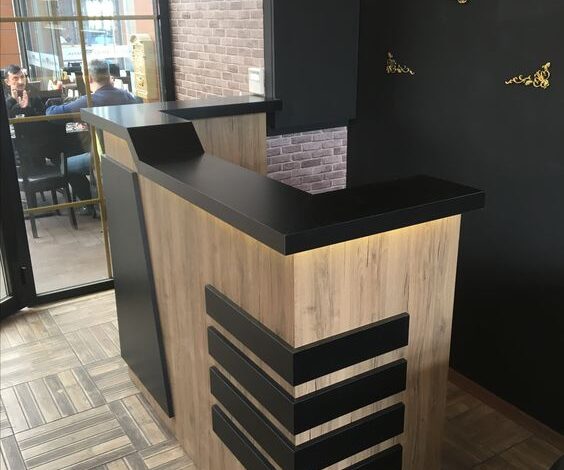
In the intricate tapestry of modern healthcare, where precision and reliability are paramount, certain components stand out for their versatility and indispensable role in patient care. Among these, the unassuming Luer lock connector shines as a symbol of adaptability and innovation. While primarily known for its role in connecting syringes and IV lines, the versatility of Luer lock connectors extends far beyond these basic applications. In this comprehensive exploration, we delve into the myriad ways in which Luer lock connectors enhance clinical workflows, enable innovative medical interventions, and ultimately improve patient outcomes.
A Foundation of Compatibility
At its core, the Luer lock connector represents a standardized interface that enables seamless connectivity between various medical devices. Consisting of a male wholesale reception desks fitting with external threads and a female fitting with internal threads, the Luer lock connector provides a secure and leak-proof seal that is crucial for delivering fluids, medications, and other therapeutic agents with precision and accuracy.
The standardized design of Luer lock connectors, governed by stringent regulatory standards such as those set by the International Organization for Standardization (ISO) and the United States Pharmacopeia (USP), ensures compatibility and interoperability across different manufacturers and devices. This foundation of compatibility serves as the cornerstone upon which a wide array of medical applications and innovations are built.
Expanding Horizons: Applications Across Clinical Specialties
While commonly associated with fluid delivery systems and IV therapy, Luer lock connectors find utility across a diverse range of clinical specialties and procedures. In critical care settings, Luer lock connectors enable healthcare providers to administer medications, blood products, and contrast agents with precision, ensuring optimal patient outcomes in high-stakes scenarios.
In interventional procedures, such as angiography and radiology, Luer lock connectors facilitate the delivery of contrast media and therapeutic agents directly to target sites within the body. Their compatibility with catheters, guidewires, and other interventional devices allows clinicians to perform minimally invasive procedures with confidence and precision, reducing patient discomfort and recovery times.
In laboratory settings, Luer lock connectors play a crucial role in sample collection, analysis, and processing. From blood collection tubes and syringes to chromatography columns and filtration systems, Luer lock connectors enable seamless integration of laboratory equipment, enhancing efficiency and accuracy in diagnostic testing and research.
Innovations and Advancements
The versatility of Luer lock connectors has spurred innovations and advancements in medical device design and technology. Manufacturers continually seek new ways to leverage the standardization and reliability of Luer lock connectors to develop novel solutions for patient care and treatment.
One example of such innovation is the integration of Luer lock connectors into wearable infusion pumps and drug delivery systems. These compact and portable devices enable patients to receive continuous infusions of medications and fluids outside of traditional healthcare settings, empowering them to manage chronic conditions and maintain their quality of life.
Another area of innovation lies in the development of smart infusion systems equipped with electronic monitoring and dose calculation capabilities. By incorporating Luer lock connectors with advanced sensor technologies, these systems provide real-time feedback and alerts to healthcare providers, enhancing safety and accuracy in medication administration.
Conclusion
In the ever-evolving landscape of healthcare, the versatility of Luer lock connectors continues to drive progress and innovation across clinical specialties and settings. From critical care units to laboratory benches, from interventional suites to patients’ homes, Luer lock connectors serve as the linchpin of connectivity and compatibility that enables seamless integration of medical devices and therapies.
As technology advances and healthcare evolves, the role of Luer lock connectors in enabling innovative medical interventions and improving patient outcomes will only grow more pronounced. By embracing the principles of standardization, collaboration, and continuous improvement, the healthcare industry can harness the full potential of Luer lock connectors to usher in a new era of patient-centered care and medical innovation.



